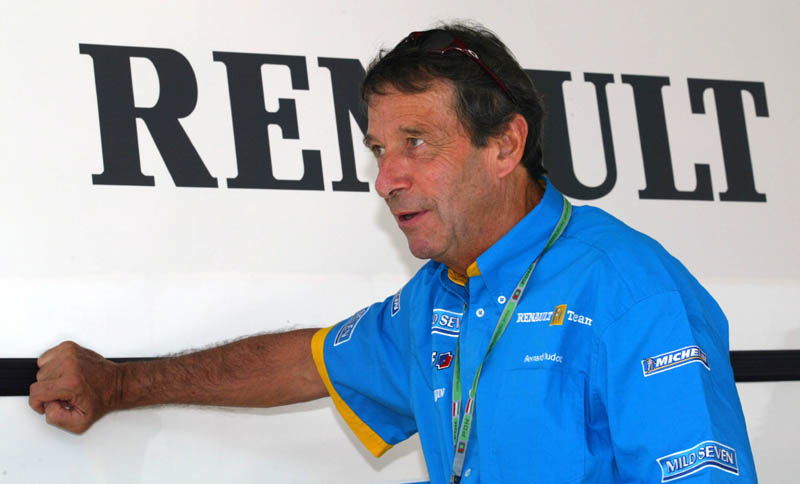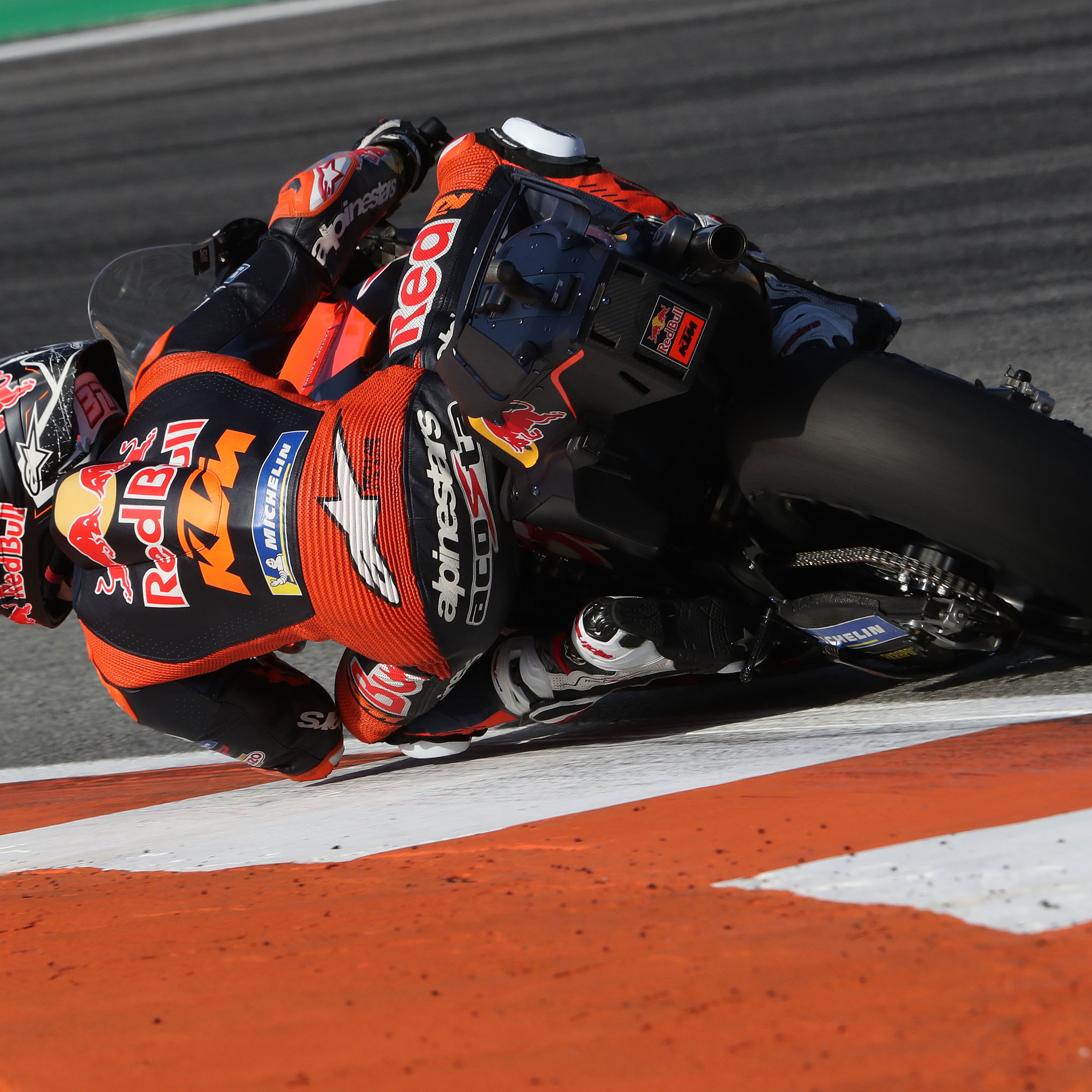Mock-up no false start for Renault.
In order to streamline the future stages of the 2004 race car build process, and optimise the reliability of the R24, a full-scale chassis is already being replicated at Renault F1's factory in Enstone.
The monocoque is already in place, with Ian Pearce in charge of sub-assembly operations at the team's British base. He oversees each stage of the process as the team builds full-scale facsimiles of the mechanical components that will eventually form the R24.
In order to streamline the future stages of the 2004 race car build process, and optimise the reliability of the R24, a full-scale chassis is already being replicated at Renault F1's factory in Enstone.
The monocoque is already in place, with Ian Pearce in charge of sub-assembly operations at the team's British base. He oversees each stage of the process as the team builds full-scale facsimiles of the mechanical components that will eventually form the R24.
"We reproduce absolutely every element of the car apart from the wishbones, bodywork and fuel system - which are done separate to the main mock-up," he explains, "We use a variety of different materials - carbon-fibre, wood, metal and even stereolythographic resin models - which account for about half the parts. Each piece is a 100 per cent accurate duplicate of the real thing."
This process means the team doesn't have to use its first proper monocoque for prototyping work, but can prepare it immediately for track use. But why build a mock-up at all?
"We do it for a whole host of reasons," Pearce says, "First of all, we need to know that all the components fit together perfectly. Once we've done that, we can cut all the cables and pipework to the right length. Components such as these often take a long time to manufacture and it's vital to make sure our measurements are accurate. There is so little physical space to accommodate all the parts that the manufacturing tolerances have to be incredibly precise."
The dummy monocoque comes from the same moulds that will be used to build the R24 racers, the only difference being that, in this instance, a different grade of carbon - which is easier to work with and thus saves a little time - is used.
Once the dummy monocoque is ready, it is placed on a four-sided flat bed to serve as a 'zero' reference point. All the subsequent drawings that emerge from the design department will be based around this.
"The most important thing is to get the lower part of the chassis ready," Pearce insists, "This is where the majority of components are housed because that optimises weight distribution. We receive more new parts by the week and fit them together in turn.
"The second stage involves mounting the engine to the lower part of the monocoque. When we receive the upper part of the chassis, we take care not to glue it to the lower half immediately. That way, we can take the monocoque apart whenever necessary to make sure that everything lines up correctly."
Despite all the cutting-edge technology used in F1, measurements can sometimes be slightly wrong - although this happens thankfully rarely. The use of a mock-up allows such problems to be eradicated as and when they occur.
The drivers make use of the replica tub, too, to fine-tune the shape of their seat and its position within the cockpit. The team's chief mechanic Jonathan Wheatley keeps a close eye on progress to make sure that certain parts won't be too difficult to reach should they need to be replaced in a hurry during the course of a race weekend.
The mock-up is usually ready about one month before the first race chassis. This season, however, it will remain in service throughout the season so that development parts destined for the R24 can be gauged for accuracy.










